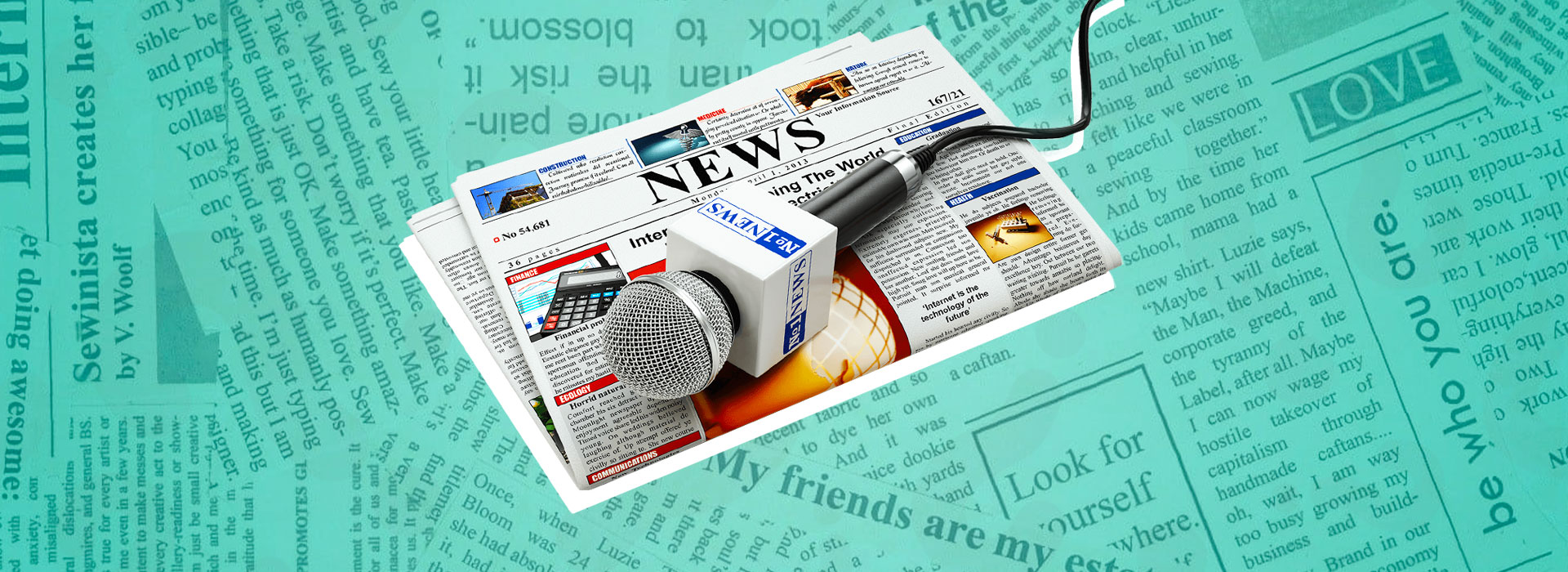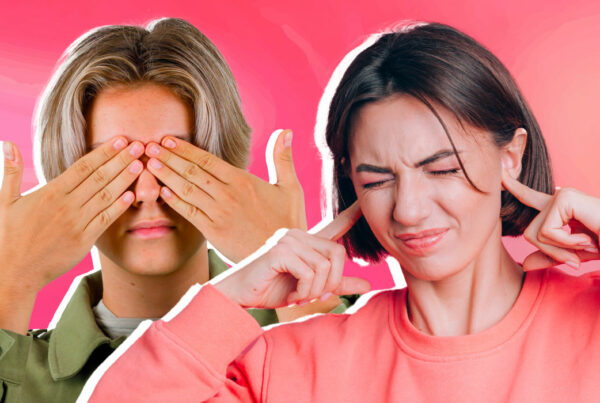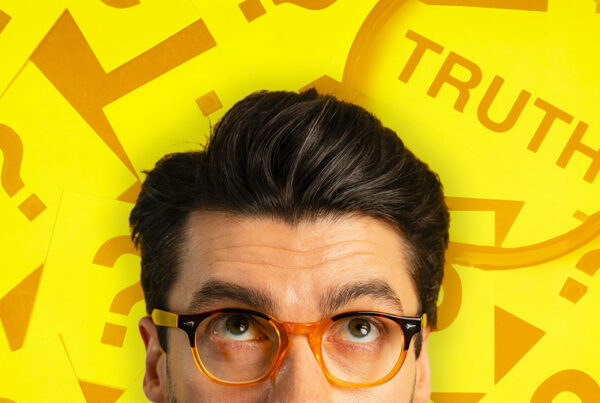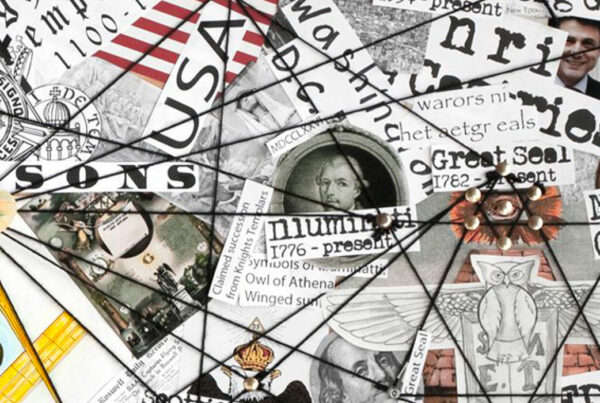A media is a device, channel, or medium that allows the dissemination of information, messages, or content to an audience. It plays a fundamental role in communication and social organization, facilitating the transmission of ideas, knowledge, and opinions.
Origin and Etymology
The term media comes from the Latin medium, meaning “middle” or “intermediary.” It refers to anything that serves as an interface between a sender and a receiver in a communication process.
The Different Types of Media
Media can be classified into several categories according to their mode of transmission and medium: traditional media (press, radio, television, billboards), and digital media (news websites, blogs, social networks, video platforms, podcasts, etc.).
1- Traditional media
Traditional media include the channels of information that existed before the rise of the Internet. They were long the main sources of information and continue today to occupy an important place in society:
- The printed press: newspapers and magazines, which inform the public about current events, analyses, and societal debates.
- Radio: an audio medium broadcasting news, entertainment, and cultural programs.
- Television: an audiovisual medium combining image and sound to inform and entertain a wide audience.
- Advertising displays and signage: billboards, posters, banners used to convey messages, often for commercial or informational purposes.
2- Digital and social media
2. Digital and Social Media
With the rise of the Internet, new platforms have disrupted access to information and multiplied the channels of distribution:
- Online media: The press, radio, and television now broadcast their content on the Internet. Some media outlets publish exclusively online.
- Websites and blogs: Platforms offering articles, analyses, and opinions on various topics.
- Social networks: Facebook, Instagram, X (formerly Twitter), TikTok, which allow massive and instant dissemination of information.
- Podcasts and web radios: Audio content available on demand via the Internet.
- Online video platforms: YouTube, Twitch, which broadcast informative or entertainment videos.
The shift to Web 2.0 transformed the role of Internet users: they are no longer only consumers but also actors in information.
3. The Role of Media in Society
According to UNESCO, media fulfill several essential functions:
- Channel of information and knowledge: Rapid dissemination of information and access to varied knowledge.
- Counter-power and watchdog: Acting as a safeguard against abuses by governments and institutions.
- Facilitators of debate and democratic participation: Providing a space for expression and public discussion.
- Vehicles of cultural expression: Transmitting traditions, values, and ways of life.
- Community builders: Strengthening social ties around common interests.
4. Media: A Constantly Evolving Landscape
The evolution of technologies has profoundly changed the ways information is consumed. While traditional media remain reliable sources, digital platforms offer greater freedom of expression and diversity.
However, this transformation also raises challenges: fact-checking, combating disinformation, and regulating content.






